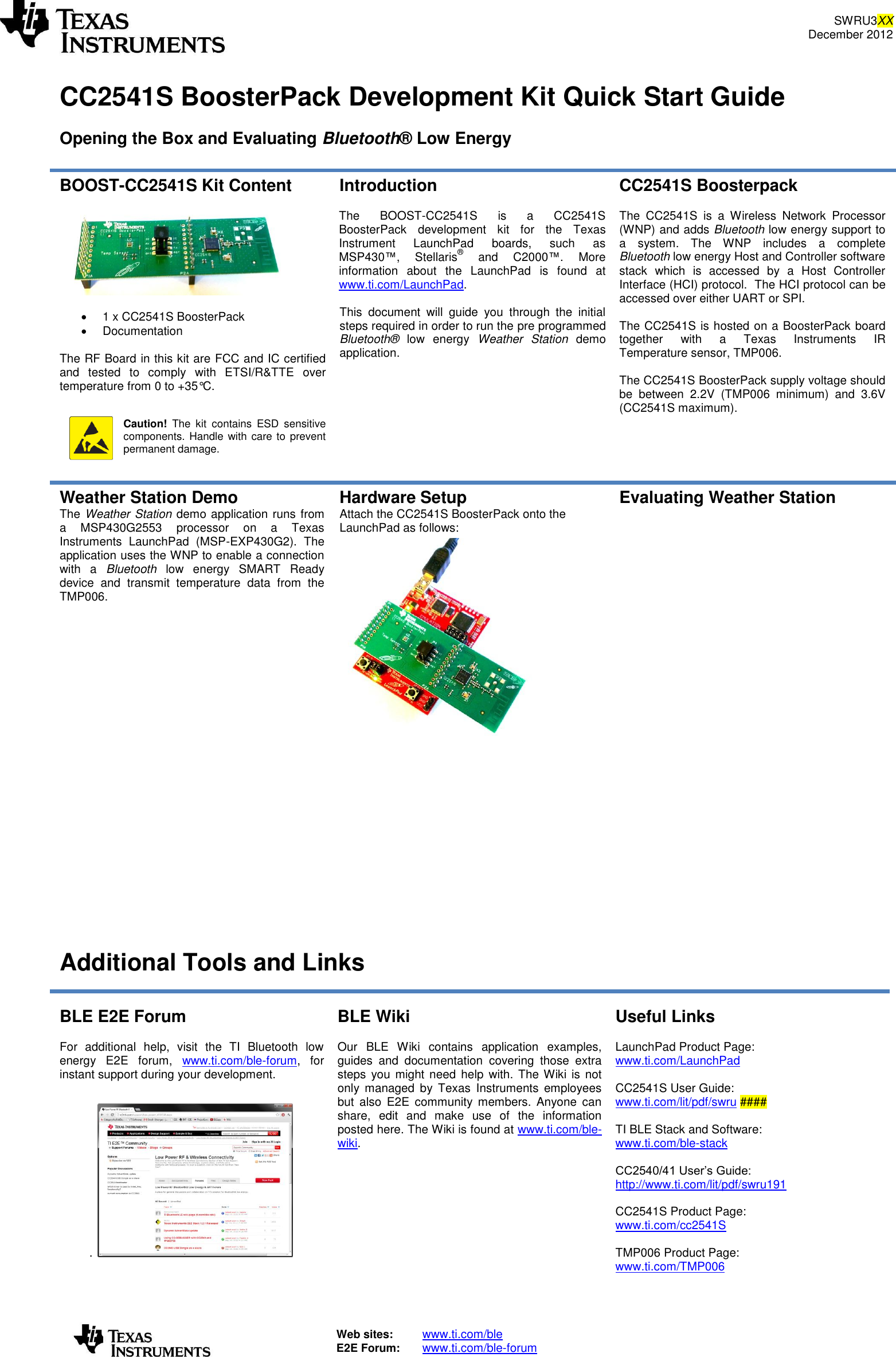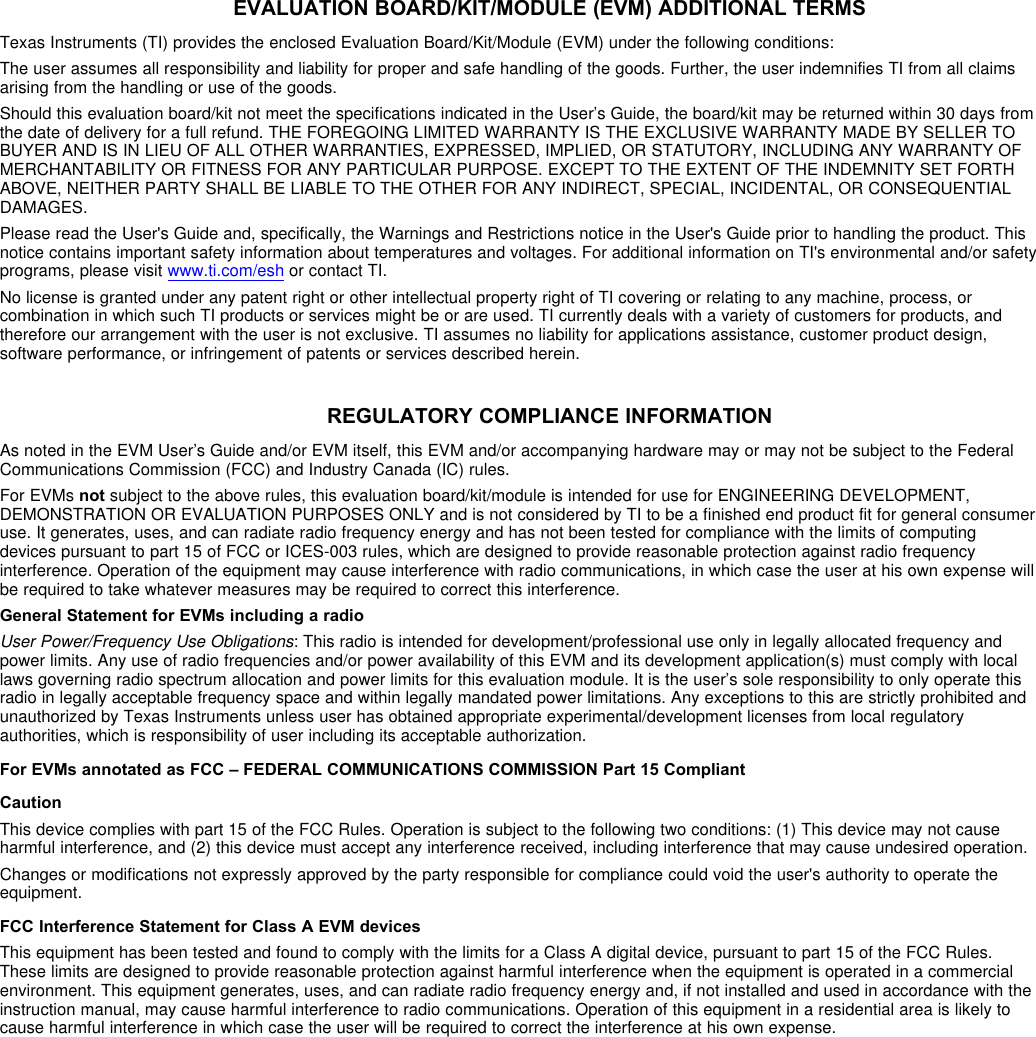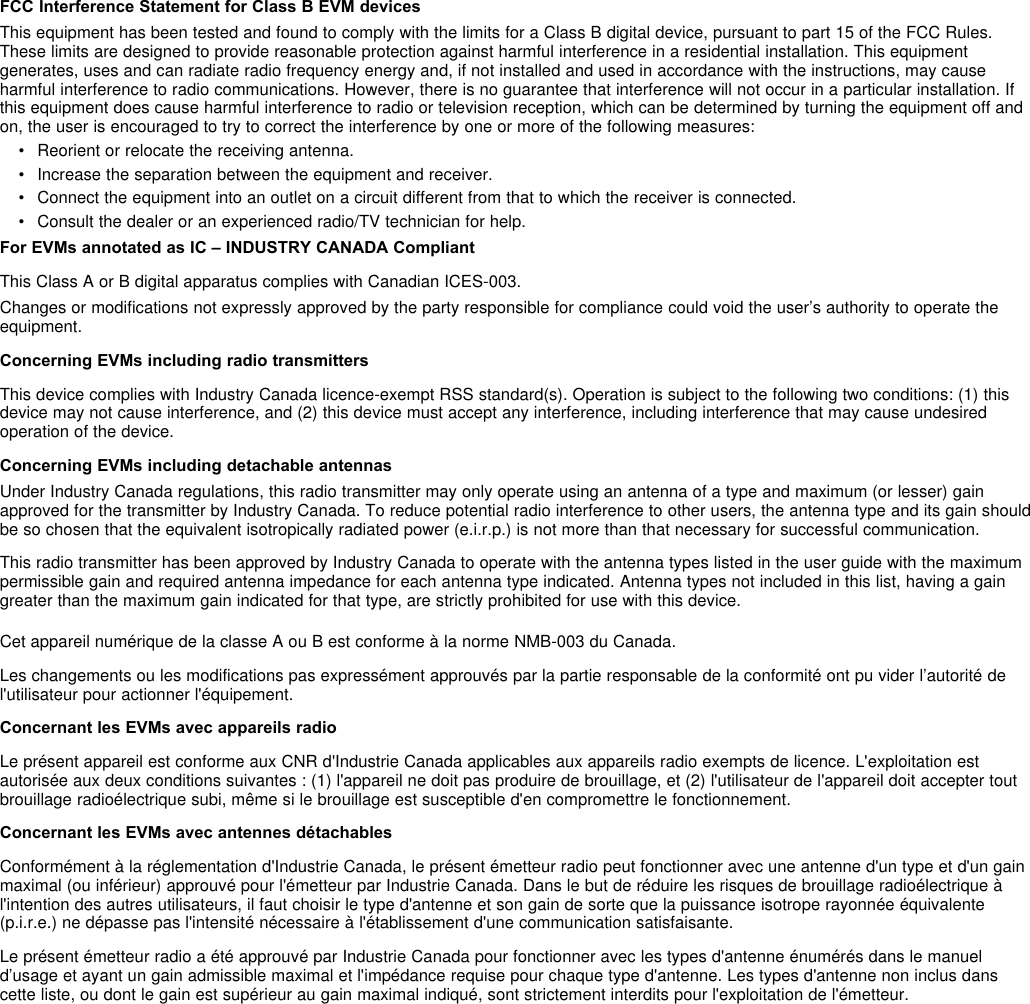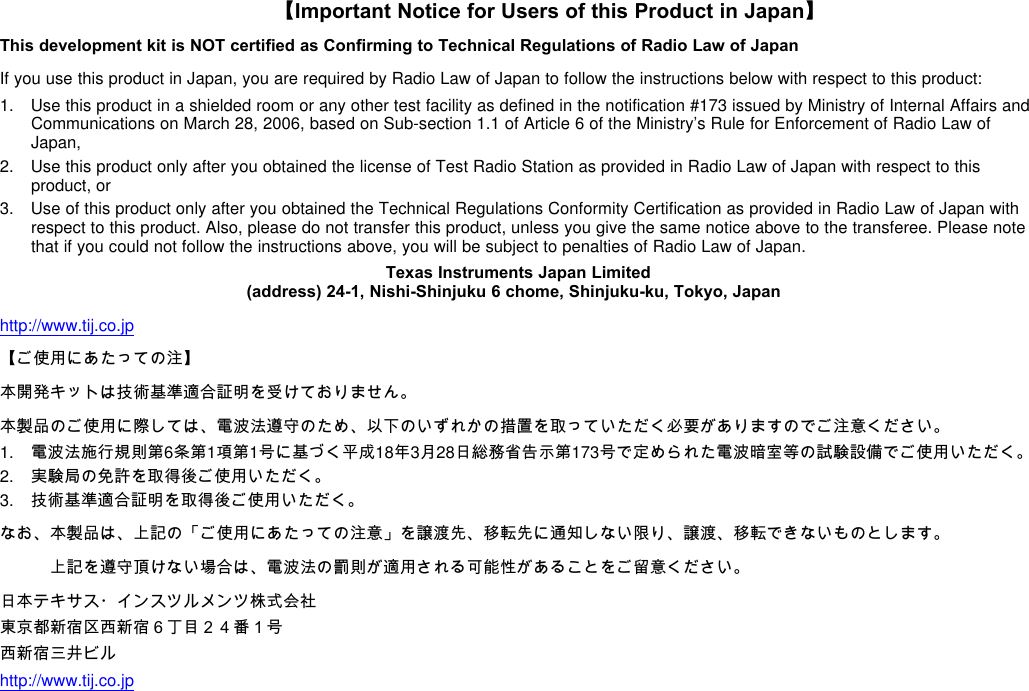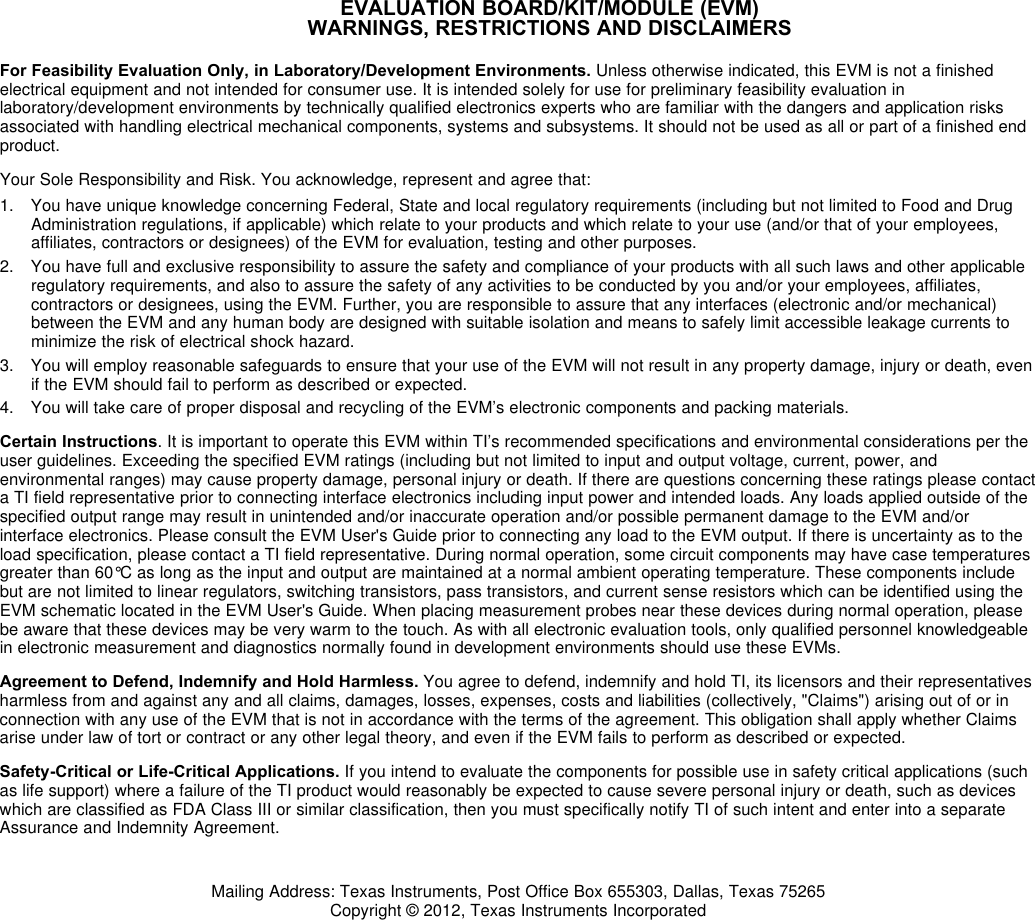Texas Instruments 2541SBOOST The CC2541S Boosterpack is a development tool for the 2.4 GHz CC2541S BLE Network Processor from TI. User Manual CC2543 CC2544 Development Kit User s Guide
Texas Instruments Inc. The CC2541S Boosterpack is a development tool for the 2.4 GHz CC2541S BLE Network Processor from TI. CC2543 CC2544 Development Kit User s Guide
Users Manual
